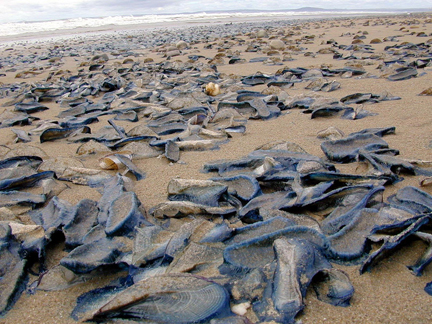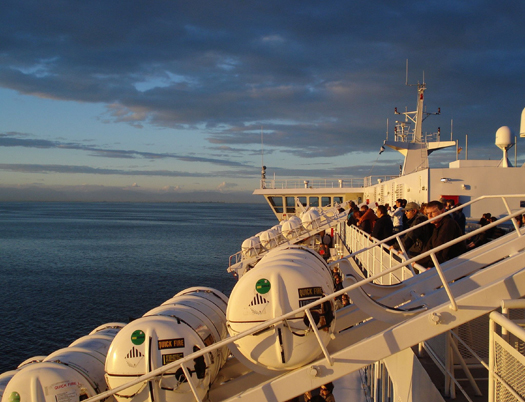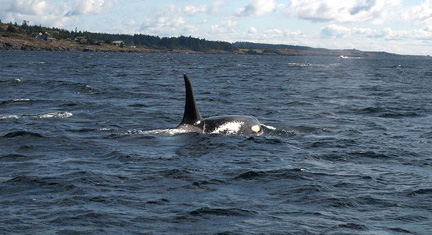Nature Boy spent a few minutes dabbling his toes in the water at Willows Beach last week.
“I don’t feel it,” he reported. “They say a great blob of warm ocean water has moved up to the northern coast. It appears to not have arrived at Willows.”
“Maybe it’s something only marine critters can easily feel,” I say. “If you spent all day in the water, you might notice.”
“If I did that,” he said, “someone might mistake me for a great, warm blob.”
The system Nature Boy refers to first appeared in the North Pacific Ocean in late-2013. Named the Blob by one of the University of Washington researchers who discovered it, it spread across almost two million square kilometres of the Gulf of Alaska, and now plugs up the Bering Sea, with daughter Blobs (Blobbies?) warming offshore waters all the way south to Mexico.
Acting much like the high-pressure Polar Vortex systems that lobed southwards over the prairies and pushed away systems of warmer air throughout the winter and spring of 2013–2014, The Blob redirects cold ocean currents from their eons-old routes. The two phenomena may not be connected.
Some unlikely warm-water species are now checking out northern latitudes as a result. Fishermen caught a skipjack tuna caught off Alaska last September, warm-water Velellas, relatives of sea jellies, washed ashore at Tofino and Haida Gwai’i, and rare pygmy orca have been spotted off Washington State.
However, The Blob is primarily a dead zone. With temperatures as much as three degrees above the region’s average, it not only redirects ocean currents, it dampens the natural mixing of water layers. This affects salinity, dissolved oxygen and acidity within the water, which in turn reduces nutrients and biological productivity….
Read the rest of this editorial at the Victoria Times Colonist….









